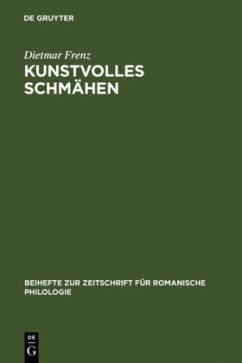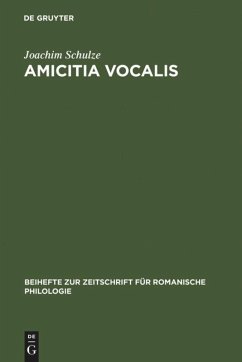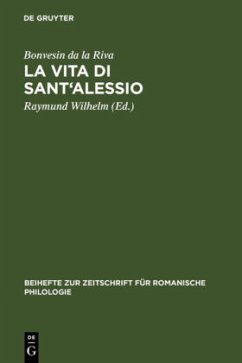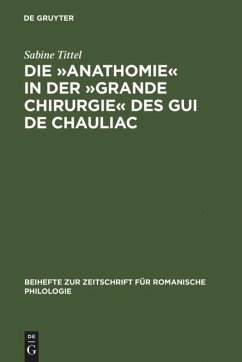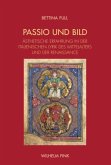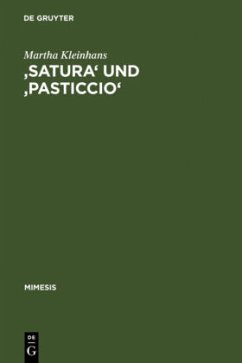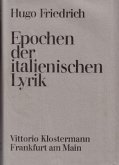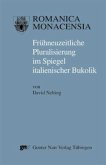This study sets out to refute the traditional conception of Tuscan invective verse (so-called comic-realistic poetry) in the duecento as belonging to the middle or low style defined in the Artes poetriae from Galfrid to Dante. The subjects addressed and the rhetorical devices employed are impossible to square with the recommendations formulated in the poetics of the time. Nor can the comic passages of the »Commedia« be adequately described in these terms. A section on the productive reception accorded to these works investigates the influences of research paradigms on the description of invective poetry in historical novels and short stories.
Die toskanische Schmähdichtung von Rustico Filippi bis Cecco Angiolieri wird, wie ihre galloromanischen und galicisch-portugiesischen Pendants, von der Forschung gemeinhin mit dem unteren oder mittleren Stilniveau der Artes poetriae (von Galfrid bis Dante) in Verbindung gebracht. Die Absicht, diese einst geringgeschätzte Lyrik zur kodifizierten Kunstdichtung aufzuwerten, stand wohl hinter der von Mario Marti in den fünfziger Jahren etablierten These, der Inhalt und rhetorisches Gepräge der Schmähdichtung jedoch widersprechen; eher käme die Einstufung in den hohen Stil in Frage, besäße das Stilsystem tatsächlich die ihm oft in simplifizierender Weise zugemessene Bedeutung. Wie sehr die mittelalterliche Poetik indes ein mit erheblichen Widersprüchen durchsetztes Konglomerat unterschiedlicher Klassifikationsansätze darstellte, deren stark dehnbare Vorschriften jeder Dichter für seine Zwecke nutzen konnte, zeigen nicht zuletzt Dantes theoretischer Zugang in »De vulgari eloquentia« und die Ausgestaltung der komischen Passagen der »Commedia«. Hat Martis These lange Zeit die Forschung dominiert, so übte sie indes kaum Einfluss auf die produktive Rezeption in historischen Romanen und Erzählungen aus, die, indem sie die Schmähdichtung meist in einem dem höfisierenden Wirken gegenübergestellten Kneipenmilieu ansiedelt, lieber Forschungsklischees des 19. Jahrhunderts fortschreibt.
Hinweis: Dieser Artikel kann nur an eine deutsche Lieferadresse ausgeliefert werden.
Die toskanische Schmähdichtung von Rustico Filippi bis Cecco Angiolieri wird, wie ihre galloromanischen und galicisch-portugiesischen Pendants, von der Forschung gemeinhin mit dem unteren oder mittleren Stilniveau der Artes poetriae (von Galfrid bis Dante) in Verbindung gebracht. Die Absicht, diese einst geringgeschätzte Lyrik zur kodifizierten Kunstdichtung aufzuwerten, stand wohl hinter der von Mario Marti in den fünfziger Jahren etablierten These, der Inhalt und rhetorisches Gepräge der Schmähdichtung jedoch widersprechen; eher käme die Einstufung in den hohen Stil in Frage, besäße das Stilsystem tatsächlich die ihm oft in simplifizierender Weise zugemessene Bedeutung. Wie sehr die mittelalterliche Poetik indes ein mit erheblichen Widersprüchen durchsetztes Konglomerat unterschiedlicher Klassifikationsansätze darstellte, deren stark dehnbare Vorschriften jeder Dichter für seine Zwecke nutzen konnte, zeigen nicht zuletzt Dantes theoretischer Zugang in »De vulgari eloquentia« und die Ausgestaltung der komischen Passagen der »Commedia«. Hat Martis These lange Zeit die Forschung dominiert, so übte sie indes kaum Einfluss auf die produktive Rezeption in historischen Romanen und Erzählungen aus, die, indem sie die Schmähdichtung meist in einem dem höfisierenden Wirken gegenübergestellten Kneipenmilieu ansiedelt, lieber Forschungsklischees des 19. Jahrhunderts fortschreibt.
Hinweis: Dieser Artikel kann nur an eine deutsche Lieferadresse ausgeliefert werden.

